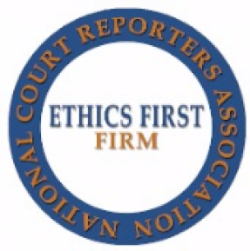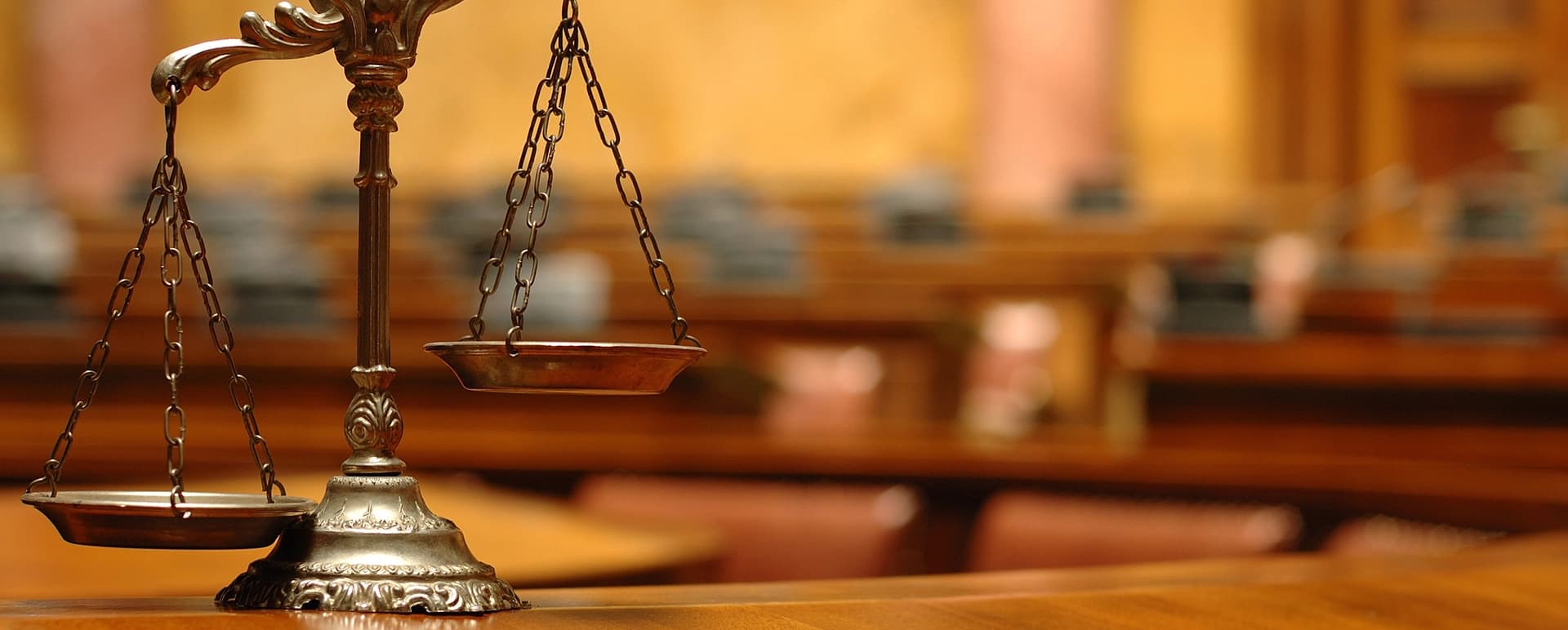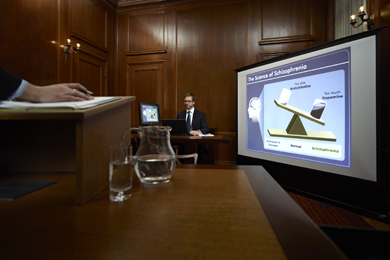Trial Presentation Your Ally for Effective Evidence Demonstration in Court
Trial Presentation Your Ally for Effective Evidence Demonstration in Court
Blog Article
Mesmerize the Court: Important Elements of a Powerful Test Presentation
Important elements such as understanding the audience, crafting a compelling story, and mastering spoken and non-verbal interaction are essential components of a reliable discussion. As these factors intertwine, they form a cohesive method that not just informs however also involves jurors on multiple levels.

Comprehending Your Audience
Comprehending your target market is a pivotal element of effective trial presentation. An effective presentation pivots on the capability to comprehend the demographics, values, and predispositions of jurors. This comprehension informs just how disagreements are mounted, evidence exists, and sob stories are crafted, ensuring that the message reverberates with the jurors on a personal level.
Research study indicates that jurors come from varied histories and may have differing levels of recognizing pertaining to legal process. In addition, comprehending the jurors' possible prejudices and life experiences enables the trial presenter to expect objections and address concerns proactively.
Effective test presentation additionally entails observing jurors' reactions during the proceedings. Engaging with jurors as people rather than a cumulative device is vital in cultivating a strong link in the court room.

Crafting a Compelling Story
Crafting an engaging story is crucial in guiding jurors via the complexities of a case. A well-structured narrative not only streamlines elaborate lawful concepts however likewise involves jurors on an emotional degree, making the information extra relatable and remarkable.
To achieve this, lawyers need to begin by recognizing the core message they wish to share. This message must resonate with the jurors' worths and experiences, fostering a connection that transcends simple realities. The story ought to unfold logically, providing events in a clear series to avoid complication. This sequential approach can help jurors follow the progression of events, emphasizing domino effect.
Including human components-- such as personal tales or narratives-- can better improve the narrative's impact. These components stimulate compassion, enabling jurors to envision the repercussions of the instance on the real worlds. In addition, using a constant motif throughout the presentation reinforces the primary argument, making it much easier for jurors to maintain vital points.
Inevitably, an engaging story transforms a trial presentation from a simple recounting of realities into a persuasive tale that astounds the court, encouraging them to deliberate with both factor and feeling.
Making Use Of Aesthetic Help
Incorporating aesthetic aids right into a test discussion can considerably improve jurors' understanding and retention of info. Aesthetic products such as charts, diagrams, photographs, and video clips can change complex legal ideas and evidence right into easily absorbable layouts. By involving numerous senses, these aids allow jurors to picture the situation's essential elements, making it easier for them to follow along and grasp complex details.
Furthermore, properly designed visual help can stress essential points and emphasize partnerships between different items of evidence. Timelines can properly illustrate the sequence of events, while annotated photos can clear up particular information appropriate to the situation. This not only help in understanding however additionally reinforces the story provided by the lawyer.
It is crucial, nevertheless, to More Info ensure that visual help matter, clear, and properly presented. Extremely complicated or cluttered visuals might bewilder jurors and detract from the message. When utilized carefully, visual aids offer to enhance the oral debates and boost the total impact of the test discussion. Ultimately, reliable visual communication can be a powerful tool in encouraging jurors and assisting them get to notified final thoughts.
Understanding Verbal Communication
Effective verbal communication is important in a test discussion, as it functions as the primary ways where attorneys share their disagreements and get in touch with useful reference jurors. Understanding this skill involves clarity, persuasion, and involvement. Attorneys need to express their factors clearly and briefly, staying clear of lawful jargon that may confuse jurors. Simplicity in language fosters understanding and assists jurors understand intricate issues offered during the trial.
Moreover, tone and pacing substantially impact just how messages are gotten. A positive tone communicates authority, while appropriate pacing permits jurors to soak up details without feeling overwhelmed. Attorneys should additionally differ their vocal inflections to highlight key factors and maintain jurors' rate of interest throughout the discussion.
In addition, the company of spoken debates is essential. Structuring the narrative logically and coherently assists jurors comply with the lawyer's line of reasoning, making it easier for them to maintain critical info. Utilizing persuasive techniques, such as narration, can also boost the psychological vibration of the debates offered, thereby developing a more profound link with jurors.
Eventually, understanding verbal communication not just strengthens an attorney's instance but also fosters depend on and rapport with the jury, substantially boosting the opportunities navigate to this site of a desirable verdict.

Involving With Body Movement
Nonverbal communication plays an essential duty in trial discussions, often conveying messages that words alone can not share. Body language, encompassing gestures, stance, faces, and eye call, considerably influences just how jurors view the credibility and genuineness of the speaker. A confident stance, with shoulders back and an open stance, can infuse depend on, while closed-off body movement might suggest defensiveness or unpredictability.

Face expressions must show the feelings connected with the situation, reinforcing the narrative being offered. For circumstances, an honest expression throughout an emotional minute can elicit empathy and reinforce the sob story. Inevitably, understanding body movement is essential for efficient trial presentations, as it improves spoken communication and develops a compelling visibility that resonates with the jury.
Verdict
In conclusion, captivating the court requires a strategic approach that incorporates recognizing the target market, crafting a compelling narrative, using visual aids, understanding verbal communication, and engaging with body language. Each aspect plays a vital role in developing a powerful test presentation that reverberates with jurors on both psychological and intellectual degrees (trial presentation). By integrating these components successfully, legal professionals can substantially boost their capacity to encourage and affect court decision-making
Report this page